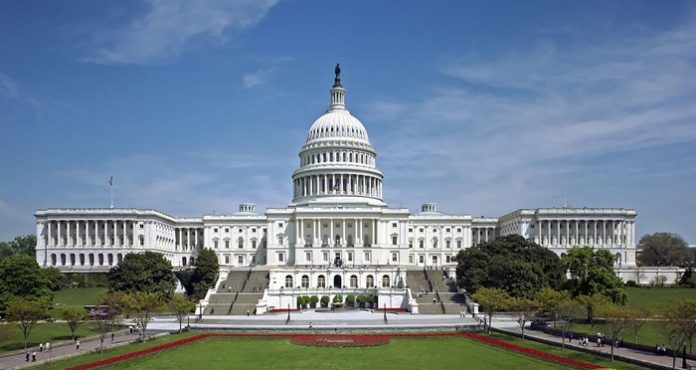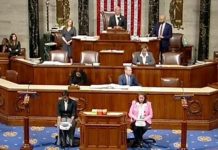May 23 (UPI) — The U.S. House of Representatives voted Tuesday to pass a bill to ease regulations placed on community banks and regional lenders put in place by the 2010 Dodd-Frank Act.
The Economic Growth, Regulatory Relief, and Consumer Protection Act passed the House by a vote of 258-159, providing a step toward fulfilling President Donald Trump‘s promise to repeal the Obama-era regulations passed in response to the 2008 financial crisis.
“We think this bill will significantly help community banks and credit unions by removing a whole series of regulatory burdens,” a senior White House official speaking on background said during a briefing Tuesday.
The legislation raises the threshold for banks that are subject to stricter federal oversight from $50 million in assets to $250 million, releasing dozens of U.S. banks from regulations by the Federal Reserve.
Small- and medium-sized banks with less than $250 billion in assets also will no longer be required to undergo stress tests meant to determine their ability to withstand an economic downturn.
The bill also exempts banks that originate fewer than 500 mortgages annually from certain racial and income data required by the Home Mortgage Disclosure Act.
Republicans, including House Speaker Paul Ryan, praised the passage of the bill as a step toward stimulating the economy by removing regulatory burdens.
“The House just voted to free our economy from overregulation. Main Street banks are engines of growth, and now it will be easier for these banks to lend to #SmallBiz and families,” Ryan wrote on Twitter.
Opponents of the bill warned rolling back the regulations could leave the financial system vulnerable to another crisis.
“Big banks have spent millions of dollars trying to roll back the rules we put in place after we bailed them out ten years ago,” Sen. Elizabeth Warren, D-Mass., wrote on Twitter. “Today, they got what they paid for.”
The Senate passed the bill by a vote of 67-31 in March. It will now be sent to Trump’s desk where he is expected to sign it before Memorial Day, according to a senior White House official.






